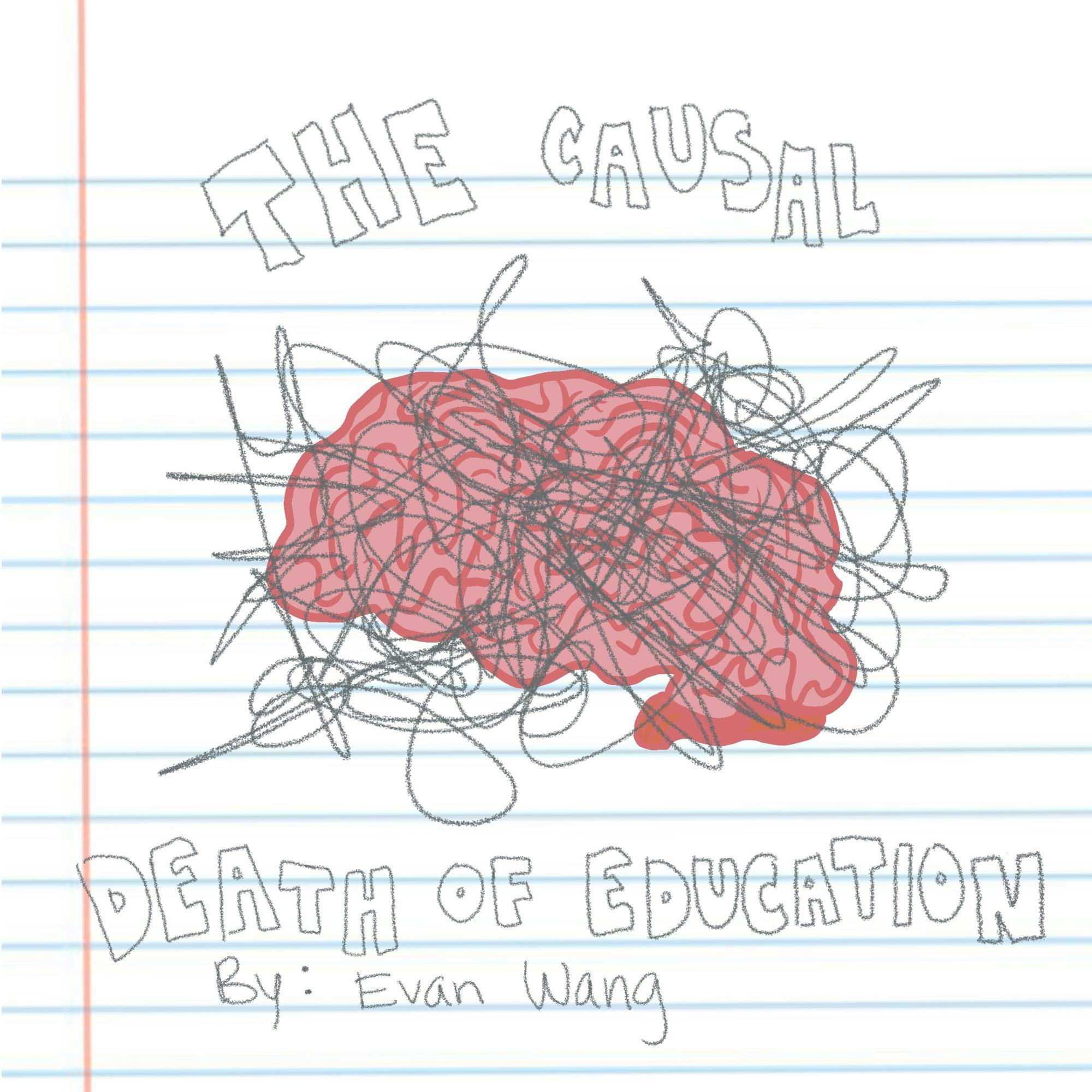Imagine that you are a kid in middle school, and you are struggling with algebra. You go in, take a midterm and score a C. Not bad, but also not great. To improve your next test score, you’re hoping to receive some extra attention from the teacher and maybe some out-of-class tutoring. Now imagine if none of those things happen. Instead, your school is closed, your teachers have been fired and you must move to another school. Unfortunately, this isn’t an imaginary situation, it is the reality being lived by millions of American students and teachers at this very moment.
This was the reality created by the No Child Left Behind Act passed in 2001 under former President George W. Bush. The NCLB was an update to the Elementary and Secondary Education Act of 1965 and intended to bring millions of school-age children into the future of learning and achievement. It made sure that all American public school students were subjected to testing in reading and math from third to eighth grade.
Each school was then evaluated based on their students’ scores. If certain groups of students failed to make adequate progress, the school would be penalized by the federal government. These sanctions could range from firing individual teachers to temporarily shuttering entire schools. By mid-2012, tens of thousands of schools had faced punitive action, and nearly 6,000 schools had been restructured. NCLB was replaced by the Every Student Succeed Act in 2015, which relaxed certain requirements but still focused heavily on testing.
The real issue with NCLB is that it has shifted the focus of American schools to be hyperfixated on standardized testing. This has left millions of students unprepared for real-world challenges and teachers unable to teach their own curricula or make their own lessons. Standardized testing hurts students who aren’t good test takers by leaving little opportunity to show proficiency in other areas of learning.
The negative effects of the bill disproportionately impact low-income Black and Hispanic students. These disadvantaged communities have historically suffered from lower test scores and below-average achievement; the penalties that resulted from NCLB have devastated public schools serving minorities by slashing teachers, ousting leadership and increasing testing. A 2012 study found that the NCLB intervention that required low-performing schools to offer free tutoring had no significant impact on test scores in six Milwaukee school districts.
While NCLB was replaced in 2015 by the ESSA, its impact still lingers in our educational system to this day. The endless testing, restructuring and bureaucratization have had little positive impact on the actual learning of Americans. It is time to step away from the destructive cycle of NCLB and rethink our educational policy from a structural level.






